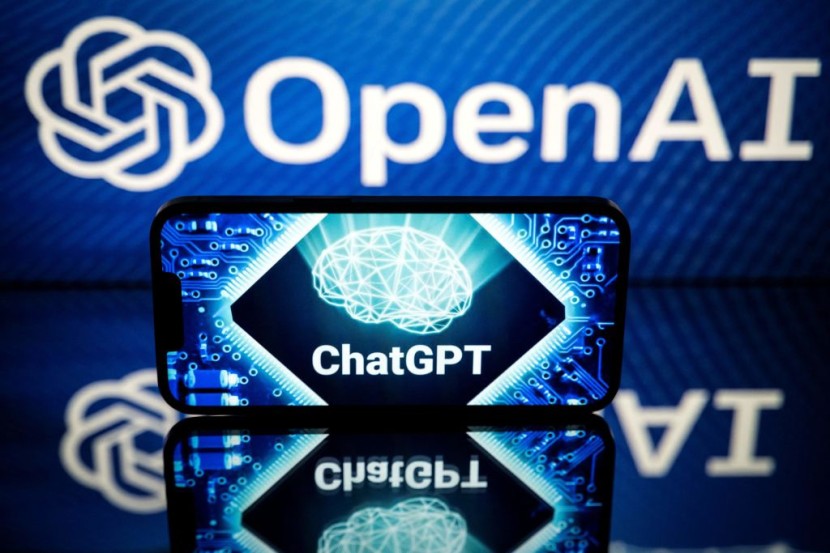
OpenAI unveils Dall-E 3, the newest version of ChatGPT's text-to-image tool, which allows the artificial intelligence chatbot to generate shockingly detailed images.
The initial release happened on Wednesday and was given out to a small group of testers OpenAI, a San Francisco artificial intelligence start-up, folded the technology into ChatGPT. The new version of the tool can produce more convincing images than previous versions.
OpenAI's New Dall-E 3 Tool
Dall-E 3 showed a particular ability to generate images that contain letters, numbers, and human hands, said the company. In a statement, an OpenAI researcher, Aditya Ramesh, said that the new version of the technology is far better at understanding and representing what the user is asking for.
With OpenAI adding the latest version of the text-to-image tool to ChatGPT, the company is solidifying its chatbot as a hub for generative artificial intelligence. As per the New York Times, the bot can generate text, images, sounds, software, and other digital media independently.
Since the chatbot went viral last year, it has prompted a race among Silicon Valley tech giants to be at the forefront of AI with technological advancements. Google on Tuesday released a new version of its chatbot, Bard, which connects with several of the company's most popular services, including Gmail. YouTube, and Docs.
Two other image generators, Midjourney, and Stable Diffusion, also updated their models this summer. For a while now, OpenAI has offered ways to connect its chatbot with other online services, such as Expedia, OpenTable, and Wikipedia.
However, the release of the new version of Dall-E is the first time the start-up combined a chatbot with an image generator. The two technologies were previously separate applications. However, with the recent development, users can now use the chatbot's services to produce digital images simply by describing what they want to see.
Artificial Intelligence Capabilities
OpenAI said that Dall-E 3 will be available to ChatGPT Plus and Enterprise customers starting in October via the API. According to Reuters, the company released a statement saying that the new version of the image generation tool can translate nuanced requests into extremely detailed and accurate images.
The artificial intelligence start-up also said that the latest version of Dall-E has more safeguards, such as limiting its ability to generate violent, adult, or hateful content. Additionally, Dall-E 3 has mitigations to decline requests that ask for images of a public figure by name or those that ask for images in the style of a living artist.
With how controversial artificial intelligence has become regarding using other people's work in generating images or text, OpenAI allows artists to opt out of having certain, or all, their artwork used to train future generations of the company's text-to-image models.
The artificial intelligence start-up is being sued for allegedly using artists' copyrighted work to train its generative AI image models. The company is joined by other firms, its rivals, to face off against the legal challenge, said Tech Crunch.
© 2025 HNGN, All rights reserved. Do not reproduce without permission.








